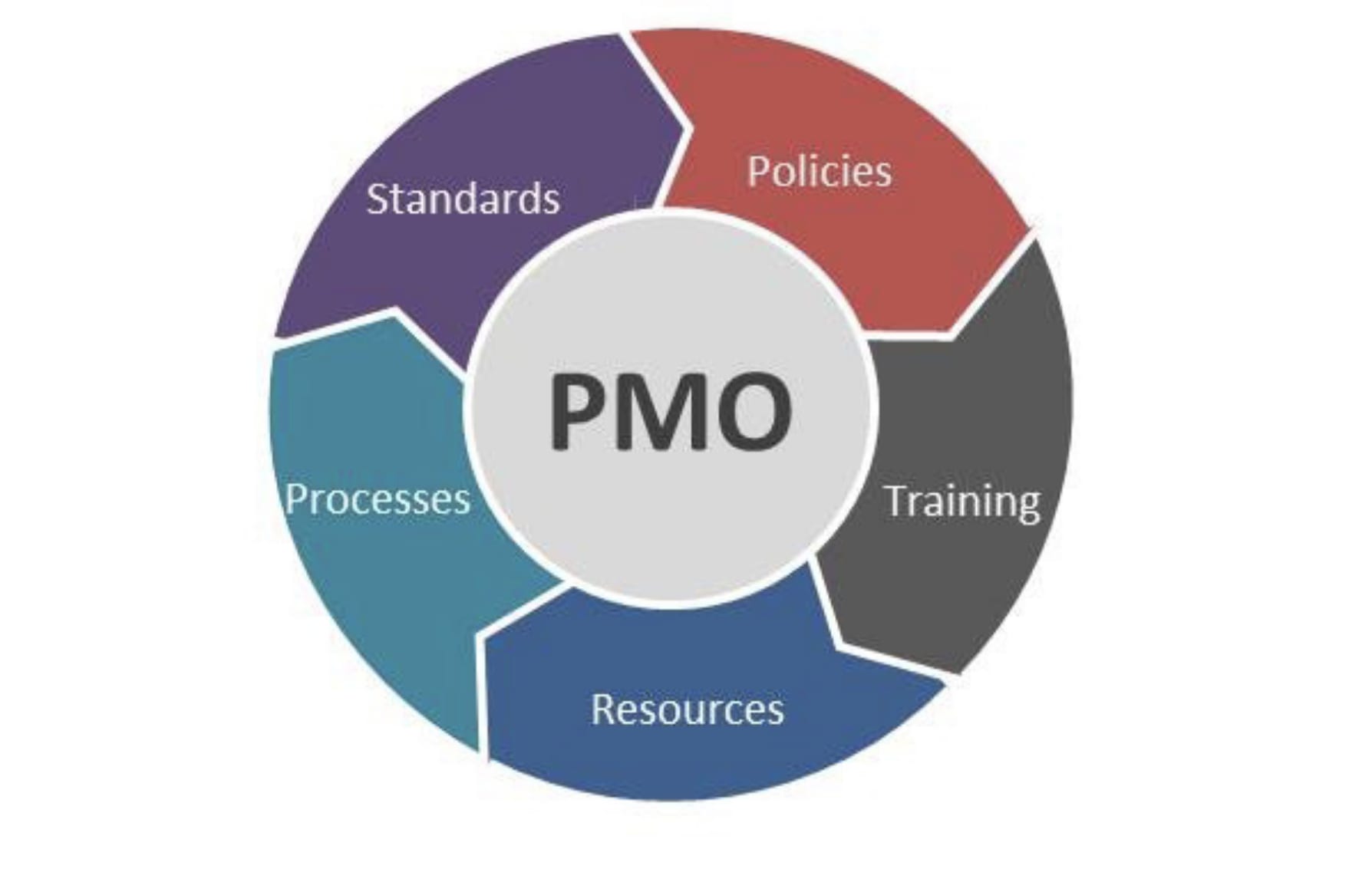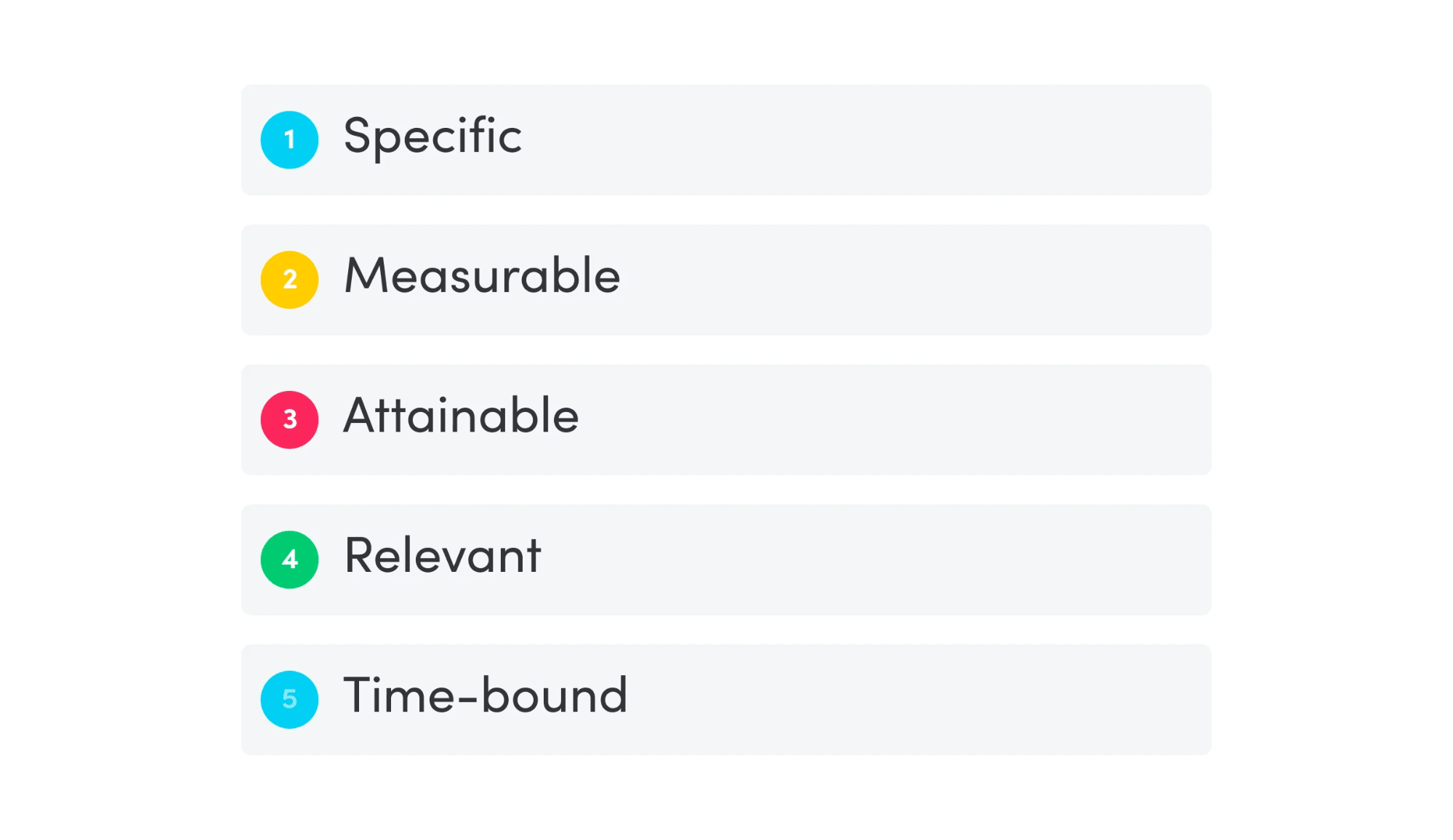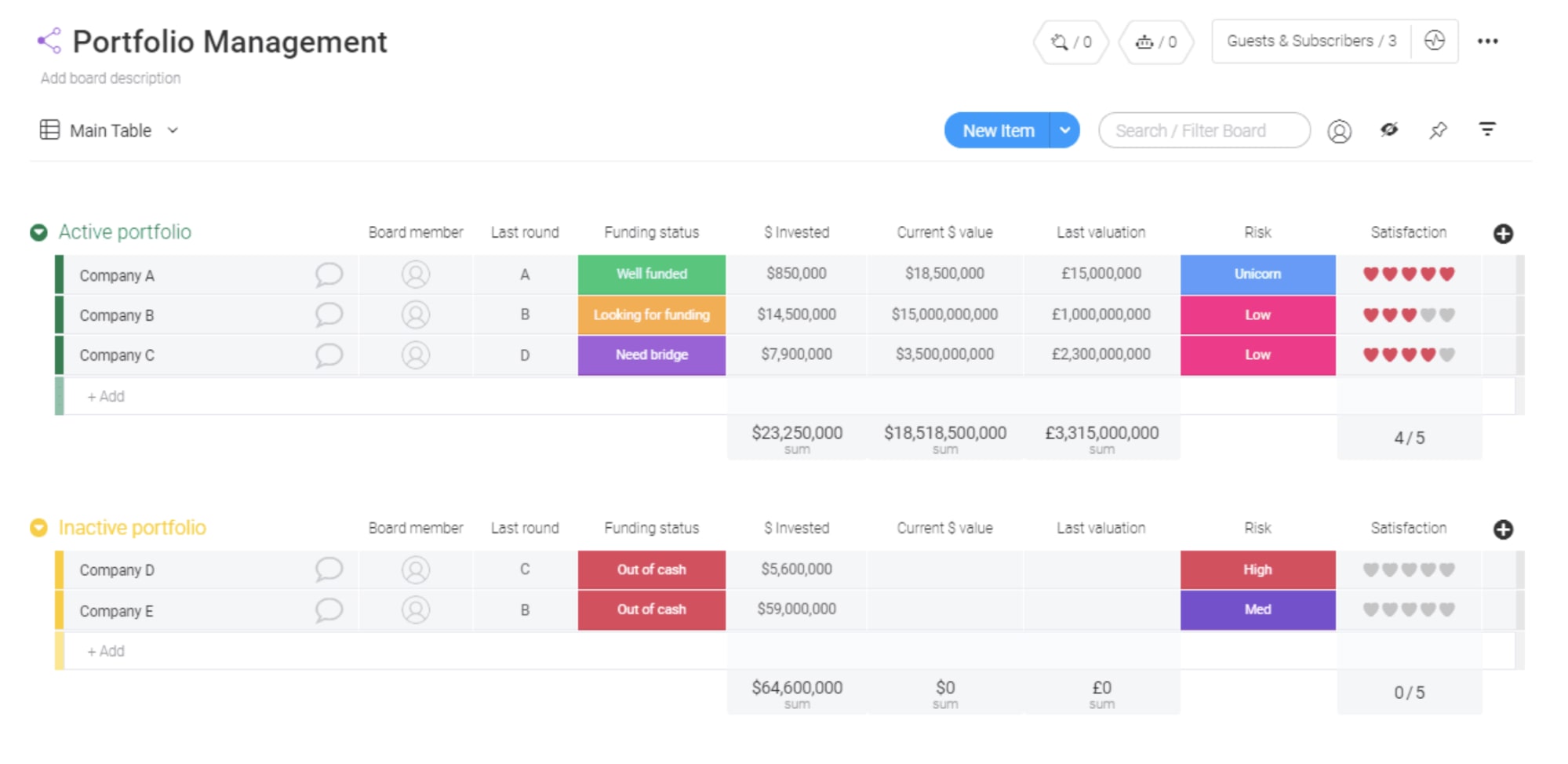Managing multiple projects and initiatives effectively is a major challenge for growing businesses. How do you ensure resources are allocated correctly, projects align with strategic goals, and everything stays on track? This is where work portfolio management comes in.
Work portfolio management is the centralized management of processes, methods, and technologies used by project managers and project management offices (PMOs) to analyze and collectively manage current or proposed projects based on numerous key characteristics.
It provides a high-level view of all projects and initiatives, enabling better decision-making, resource optimization, and strategic alignment crucial for business success.
Ready to gain control over your initiatives?
Project portfolio management vs. financial portfolio management: key differences
While both involve managing a collection of assets to achieve strategic objectives, work portfolio management and financial portfolio management operate in distinct contexts. Financial portfolio managers focus on optimizing investments like stocks and bonds for financial return. In contrast, work portfolio management focuses on managing a collection of projects, programs, and initiatives within an organization to achieve business goals, optimize resource allocation, and ensure strategic alignment. This article focuses specifically on work portfolio management.
Why is project portfolio management crucial for business success?
Effective project portfolio management is vital because the selection, prioritization, and execution of projects directly impact a company’s ability to achieve its strategic objectives and maintain a competitive edge. It ensures that resources are invested in the right initiatives, maximizing value and minimizing waste.
Aligning projects with strategic objectives
Work portfolio management ensures that individual projects contribute directly to the overarching business strategy, preventing misalignment and wasted effort.
Optimizing resource allocation and capacity
It provides visibility into resource availability and demand across all projects, enabling managers to allocate personnel, budget, and time effectively and avoid bottlenecks. Platforms like monday.com offer workload views to simplify this process.
Improving project prioritization and selection
By evaluating potential projects against strategic criteria, risk levels, and resource constraints, portfolio management helps organizations select the initiatives that offer the most value.
Enhancing visibility and decision-making
Centralized portfolio data provides stakeholders with a clear overview of project progress, risks, and overall portfolio health, supporting informed decision-making. Dashboards in tools like monday.com are essential for this level of visibility.
Mitigating risks across initiatives
Portfolio management allows for the identification, assessment, and mitigation of risks at a portfolio level, rather than just within individual projects.
What is a portfolio manager?
A portfolio manager (PM) is an individual that’s responsible for managing one or more portfolios for their team or external clients.
If you’re a portfolio manager, that means you’re going to be in charge of making sure the portfolios you’re looking after maintain the right asset mix — or project mix — that helps your team or client achieve its goals.
It’s all about striking the right balance between risk and reward so that the portfolio is both generating a solid return on investment (ROI) and helping the organization to achieve its strategic goals.
What does a Work Portfolio Manager Do? Key Responsibilities
OK, so we know what a portfolio manager is. But why is a portfolio manager important?
Simply put, portfolio management is important because the project or investment vehicle a company chooses to get involved in is inevitably going to have an impact on the success of that company.
Portfolio managers are the individuals that have to carefully assess what an organization should get involved in (or step away from) to reach its goals. That often means auditing an existing portfolio and making a tough investment decision about the assets or programs that are hurting the company more than they’re actually helping.

So, without proper portfolio management, a business could end up wasting tons of time and money working on stuff that will never end up contributing towards the company’s bigger goals.
What is a portfolio manager’s role?
The role of a portfolio manager can often be quite broad depending on the team or industry he or she’s involved in.
But no matter how big or small a portfolio manager’s remit may be, they’ve all got one thing in common.
As a portfolio manager, they’re responsible for making sure the team’s portfolio is geared towards helping the team realize its strategic goals.
A portfolio manager’s role centers on oversight of one or several portfolios.
In the context of financial portfolio management, a portfolio manager will often deploy financial models or algorithms to make forecasts and try to figure out how investments may perform in the future.
By forecasting future portfolio performance, the portfolio manager can then make an educated guess on whether the investment will generate enough return on investment (ROI) to make it worth the company’s time and money.
That’s why a portfolio manager is so important in the world of finance.
How a portfolio is managed will directly impact the overall returns of the portfolio. In financial portfolio management, you’ll normally hear about 2 types of management: active and passive.
An active portfolio management style is when the manager makes specific investment decisions to help a portfolio achieve the desired level of returns.
Passive portfolio investment is when a portfolio manager will look at the track record of a financial market index or benchmark, and then make changes to a portfolio based on those records.
By basing decisions off a benchmark, the portfolio’s risk-reward balance and ROI should be easier to predict (but maybe not quite as high).
The same principle applies to portfolios that are composed of different projects. The role of a project portfolio manager is to apply KPIs and assess each project prior and after selection to make sure each portfolio item fits in with the company’s goals, values, risk tolerance and more.
Portfolio managers will typically be part of a Project Management Office (PMO).
A PMO is a group that can be either part of a company or an external contractor that creates and maintains project management and portfolio management standards and processes for an organization to follow.
PMOs are also typically responsible for training teams on those processes and helping teams correctly deploy resources to make sure protocols are being followed and standards are being upheld.

Essential skills for a successful work portfolio manager
Excelling as a work portfolio manager requires a blend of strategic thinking, analytical prowess, and strong interpersonal skills. Key skills include:
- Strategic thinking: Ability to understand and align portfolio decisions with broader business objectives.
- Analytical skills: Proficiency in evaluating project data, assessing risks, analyzing financial metrics (like ROI within a project context), and making data-driven decisions.
- Leadership & influence: Capacity to guide project teams and influence stakeholders without direct authority.
- Communication skills: Excellent verbal and written communication skills for reporting, presenting, and managing stakeholder expectations.
- Risk management: Ability to identify, assess, and plan responses to potential risks at the portfolio level.
- Financial acumen: Understanding budgeting, forecasting, and financial performance tracking relevant to projects and programs.
- Change management: Skill in navigating organizational change associated with portfolio adjustments and project implementations.
- Proficiency with PPM tools: Familiarity with work management software like monday.com to manage data, track progress, and facilitate reporting.
5 stages of the project portfolio management process
While specific methodologies may vary, the work portfolio management process generally follows these key stages:
Unlike individual projects, portfolio management is a continuous cycle focused on ongoing alignment and optimization.
1. Define strategic goals & investment themes
This foundational stage involves clearly defining the organization’s strategic objectives and identifying the key investment themes or areas of focus that the portfolio should support. This is what’s known as strategic portfolio management. Collaboration with leadership and key stakeholders is crucial to ensure alignment.
Setting SMART goals (Specific, Measurable, Attainable, Relevant, Time-bound) for the portfolio itself is best practice.

2. Identify and evaluate potential projects and initiatives
Gather potential projects and initiatives from various sources (new proposals, existing backlogs). Evaluate each against predefined criteria such as strategic alignment, potential ROI, resource requirements, and risk level.
To make sure you’re evaluating everything fairly, create assessment criteria and try to look at each project with ROI, available resources, reporting schedule, and any other essential criteria specific to your business in mind. Standardized evaluation criteria ensure objective comparisons.
3. Select and prioritize portfolio components
After you’re assessed all your projects or potential projects, it’s time to narrow your project list and select your portfolio line-up.
Select the projects that best align with strategic goals and offer the most value within budget and resource constraints. Prioritize the selected projects based on factors like urgency, dependency, and strategic importance.
This is where you’ve got to bear in mind resource allocation and making sure you’ve got a healthy mix of projects or investments. Consider portfolio balancing techniques (e.g., balancing risk vs. reward, short-term vs. long-term initiatives).
Remember: when you make your shortlist and decide which projects you’d like to have in your portfolio, your goal should be to create a grouping that will balance potential risk while maximizing your potential returns.
4. Manage and monitor the portfolio
This ongoing stage involves actively managing the selected projects and monitoring the overall portfolio performance. Track progress, manage dependencies, identify and address risks and issues, and report on portfolio health to stakeholders and the steering committee.
Revisit your portfolio selections and the selection process itself to make sure you’ve picked all the right projects for all the right reasons.
The validation process is your chance to go back and fix the selection process so that it’s easier to make portfolio selections in the future.
Portfolio managers will also often use the validation stage to put any contingency plans into action if a portfolio item isn’t doing so well.
Regular reviews ensure the portfolio stays aligned with changing business needs. Work management platforms like monday.com provide real-time dashboards crucial for effective monitoring.
5. Optimize and track your progress
Remember how we said a portfolio manager’s job is never done? Well, that’s why step 5 is actually never ending.
As a portfolio manager, you’ve got to constantly keep an eye on projects as they launch and are carried out.
If a project is suddenly becoming a lot riskier or appears to be drowning, you may need to juggle priorities and resources, or decide to cancel it entirely.
How well a project is doing can change at any time, which is why you’re going to want to check out a portfolio management tool to help you keep tabs on everything. But be patient, we’ll get to that in a minute.
Common Challenges in Work Portfolio Management (and How to Overcome Them)
Despite its benefits, work portfolio management faces several common hurdles:
- Lack of strategic alignment: projects don’t clearly connect to business goals. To avoid that you need to establish clear alignment criteria during selection and regular reviews.
- Resource conflicts and bottlenecks: over-allocation or competition for limited resources. Solution: Utilize resource management tools for visibility and capacity planning. Optimize resource allocation with monday.com.
- Poor data quality and visibility: do you have inaccurate or siloed project data? It can significantly impact your decision-making. Implement a centralized project management tool like monday.com for consistent data capture and real-time reporting.
- Resistance to change: sometimes you may have stakeholders that resist portfolio decisions or process changes. What you should do is emphasize clear communication, stakeholder involvement, and demonstrate the value of what you’re trying to do.
- Scope creep across portfolio: uncontrolled changes impacting multiple projects’ timelines and budgets. Solution: Implement robust change control processes at both project and portfolio levels.
- Difficulty in prioritization: subjectivity or lack of clear criteria for ranking projects. Solution: Develop and consistently apply objective prioritization scoring models.
How can monday.com help portfolio managers?
Managing a complex portfolio of projects requires the right tools. A flexible Work Operating System (Work OS) like monday.com provides the visibility, collaboration, and control needed for successful work portfolio management.
A Work OS is a cloud-based software platform that teams use to build custom workflow apps. It helps organizations plan, run and track processes, projects and portfolios.
From a portfolio management point-of-view, monday.com is particularly useful because it lets you instantly update and share important portfolio information with everybody in your team.
monday.com is consistently recognized as a leader in project and portfolio management software by users and industry analysts. Check out Capterra to see why they’ve given us the top spot when it comes to project portfolio management software.
Here’s how monday.com helps:
Centralize Project Data for Full Portfolio Visibility
Bring all your project information—timelines, budgets, resources, status updates—into one central place. This provides a real-time, high-level overview of the entire portfolio, eliminating data silos.
Visualize Progress with Portfolio Dashboards and Gantt Charts
Create customizable dashboards with widgets showing key portfolio metrics, risks, and overall health. Utilize high-level Gantt views to visualize project timelines and dependencies across the portfolio.

Streamline resource allocation with workload views
Gain clarity on team capacity and workload distribution across multiple projects. monday.com’s Workload View helps portfolio managers identify potential bottlenecks and optimize resource allocation effectively.
Automate reporting and status updates
Set up automations to streamline repetitive tasks like status reporting, notifications for overdue tasks, or budget alerts, freeing up the portfolio manager’s time for strategic activities.
Utilize templates for standardization
Leverage monday.com’s extensive library of templates, including the dedicated portfolio management template, to standardize processes and get started quickly.

This template provides a robust starting point for tracking project health, budgets, resources, and overall portfolio status in real-time. Key template features often include pre-built dashboards, budget tracking, risk assessment columns, and status summaries.
Integrate with existing tools
Connect monday.com with other essential business tools (e.g., finance software, CRM, communication platforms) through our extensive integrations marketplace. (Note: Update integration count/examples). This ensures seamless data flow and a single source of truth.
Utilize various work views (Kanban, Calendar, Chart, etc.) to visualize portfolio data in the most effective way for different stakeholders.
Extend functionality further with custom apps built using the monday.com Apps Framework.
Manage your portfolio on the go with dedicated iOS and Android apps.
Start optimizing your portfolio with monday.com
Effective work portfolio management is crucial for aligning projects with strategy, optimizing resources, and driving business success. While the role of a work portfolio manager is demanding, the right processes and tools make it achievable.
monday.com provides a flexible and powerful Work OS designed to centralize your project data, enhance visibility through dashboards and reports, streamline resource allocation, and automate workflows. It empowers work portfolio managers to make data-driven decisions and keep initiatives on track.
Ready to take control of your work portfolio? Explore monday.com’s portfolio management capabilities and start your free trial today.
FAQs
What's the difference between a project manager and a portfolio manager?
Project managers usually oversee multiple tasks within a project while a portfolio manager is responsible for managing multiple projects within one portfolio that fulfill strategic objectives.
How do you measure portfolio management success?
Success is measured by factors like the portfolio's alignment with strategic goals, overall ROI, resource utilization rates, project success rates within the portfolio, and stakeholder satisfaction. KPIs should be tracked using tools like monday.com dashboards.
What industries use project portfolio management?
Virtually any industry that manages multiple projects or initiatives can benefit, including IT, construction, marketing, product development, consulting, R&D, and more.
Do I need a dedicated portfolio manager?
It depends on the size and complexity of your organization and project portfolio. Smaller organizations might combine the role, while larger ones benefit significantly from a dedicated work portfolio manager or PMO function focused on strategic oversight.
